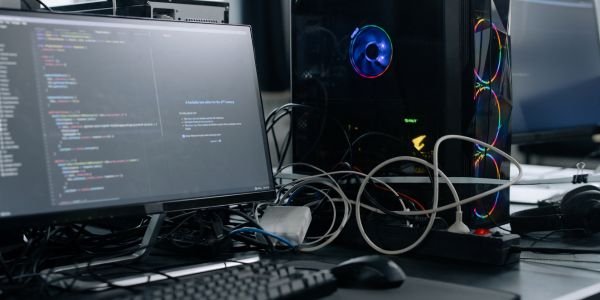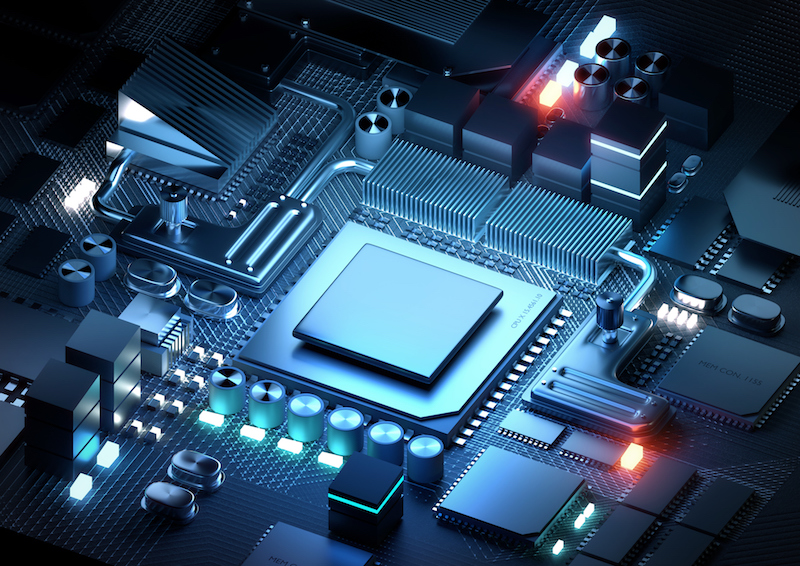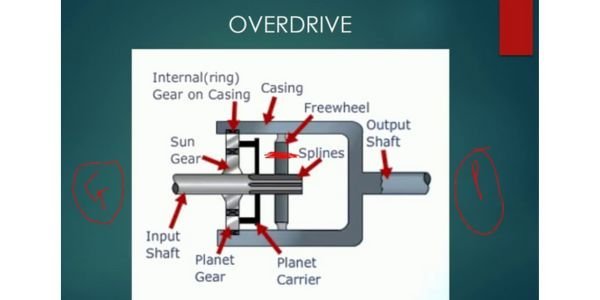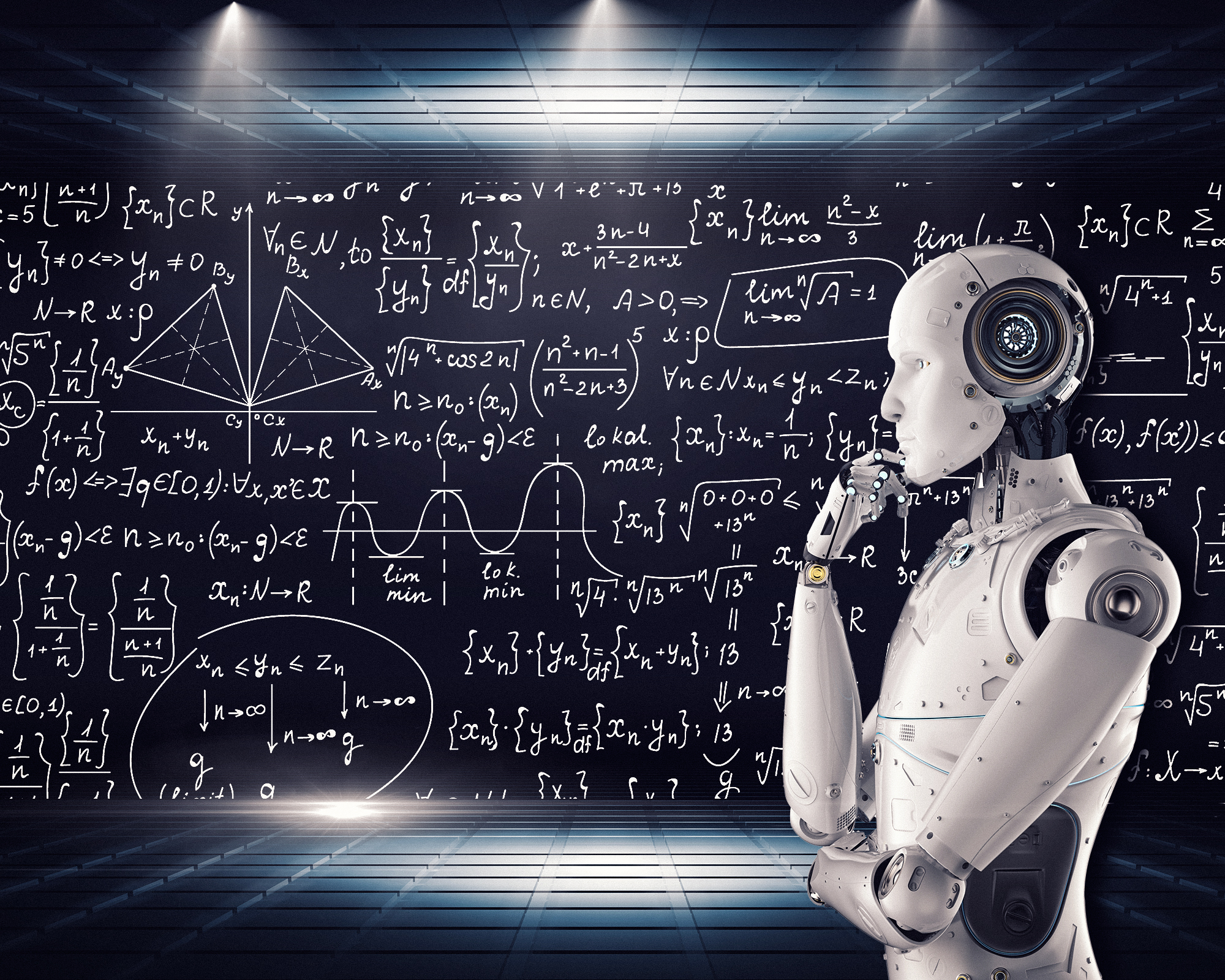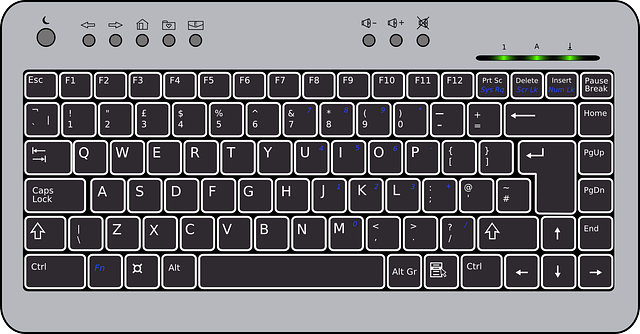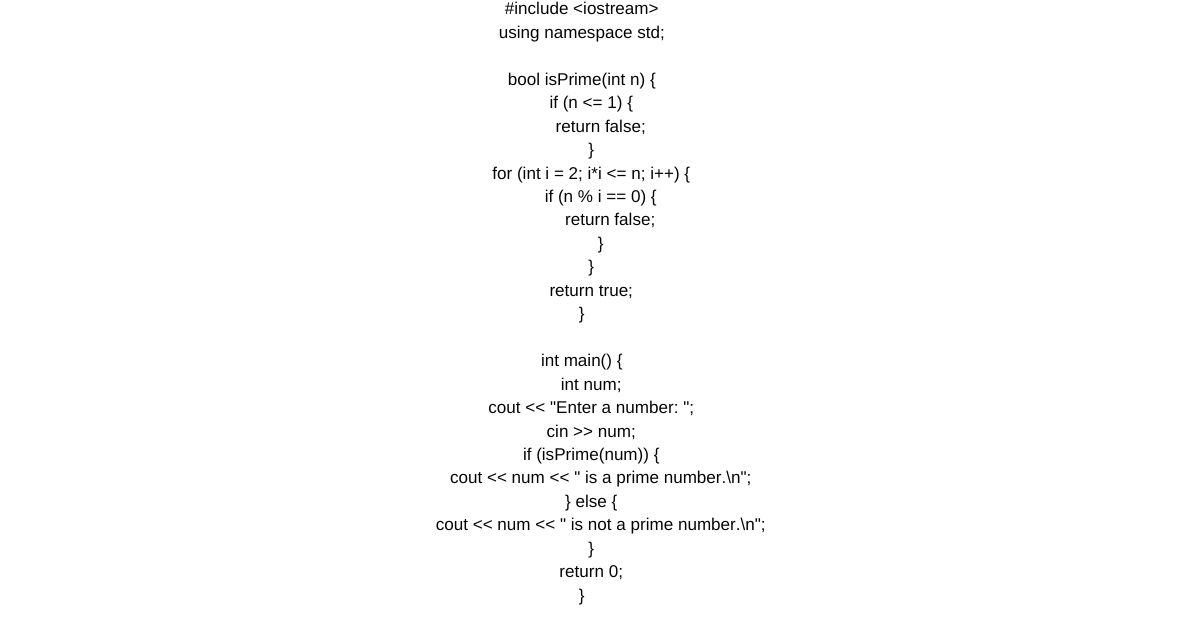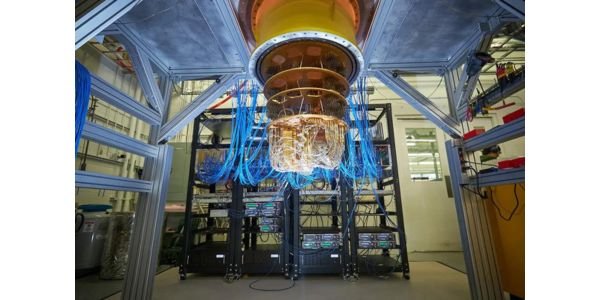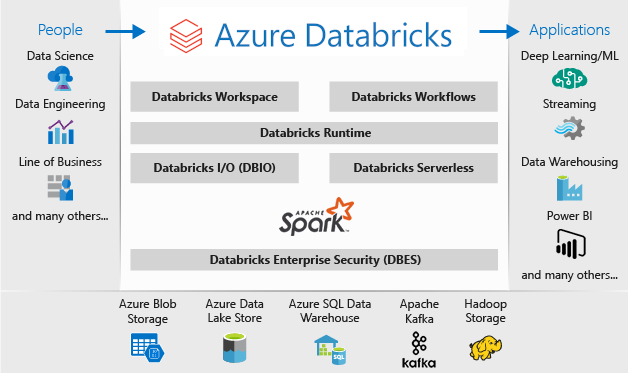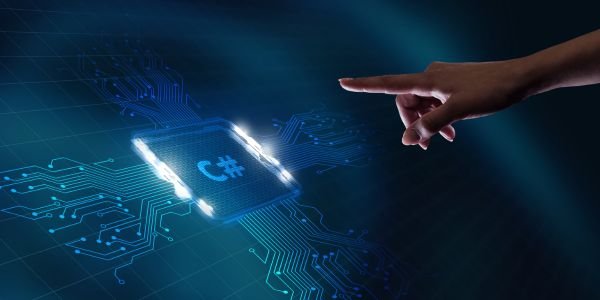Table of Contents
Classification of Computers
Computers are a ubiquitous part of modern society, with applications ranging from entertainment to complex scientific calculations. However, not all computers are created equal, and there are a wide variety of different types of computers with different capabilities and purposes. In this blog post, we will explore the different classifications of computers, from personal computers to supercomputers.
Personal Computers (PCs)
Personal computers are the most common type of computer and are designed for use by individuals or small groups. They are typically used for general-purpose computing tasks such as word processing, web browsing, and multimedia playback. PCs come in many different forms factors, including desktops, laptops, and tablets. They can run a variety of different operating systems, including Windows, macOS, and Linux.
Workstations
Workstations are similar to personal computers but are designed for more specialized tasks such as video editing, 3D modeling, and scientific simulations. They typically have more powerful hardware components such as faster processors, more RAM, and dedicated graphics cards. Workstations often run specialized operating systems such as Unix or Linux.
Servers
Servers are designed to provide services to other computers on a network. They are typically used for tasks such as file sharing, email, and web hosting. Servers are often more powerful than personal computers, with faster processors, more RAM, and larger hard drives. They are typically designed to run continuously without interruption and are often located in data centers.
Mainframes
Mainframes are large, powerful computers designed for processing large amounts of data. They are typically used by large organizations such as banks and government agencies for tasks such as processing transactions and running complex databases. Mainframes are designed to handle a high volume of input/output operations and can support multiple users and applications simultaneously.
Supercomputers
Supercomputers are the most powerful computers in the world and are designed for performing complex calculations and simulations. They are typically used by government agencies, research institutions, and large corporations for tasks such as weather forecasting, nuclear simulations, and drug discovery. Supercomputers are extremely expensive and can cost millions of dollars. They are typically designed for parallel processing, which allows them to perform multiple calculations simultaneously.
Embedded Systems
Embedded systems are computers that are built into other devices such as cars, appliances, and medical devices. They are designed to perform specific tasks such as monitoring and control and are typically low-powered and low-cost. Embedded systems often run specialized operating systems such as real-time operating systems (RTOS).
Smartphones and Tablets
Smartphones and tablets are portable computing devices designed for mobile use. They are typically used for communication, entertainment, and productivity. Smartphones and tablets have become increasingly powerful in recent years, with many high-end devices featuring hardware components similar to those found in personal computers.
There are many different types of computers with different capabilities and purposes. Understanding the different classifications of computers can help you choose the right device for your needs, whether you’re looking for a general-purpose personal computer or a powerful supercomputer for complex simulations.
Also, read IAS full form



